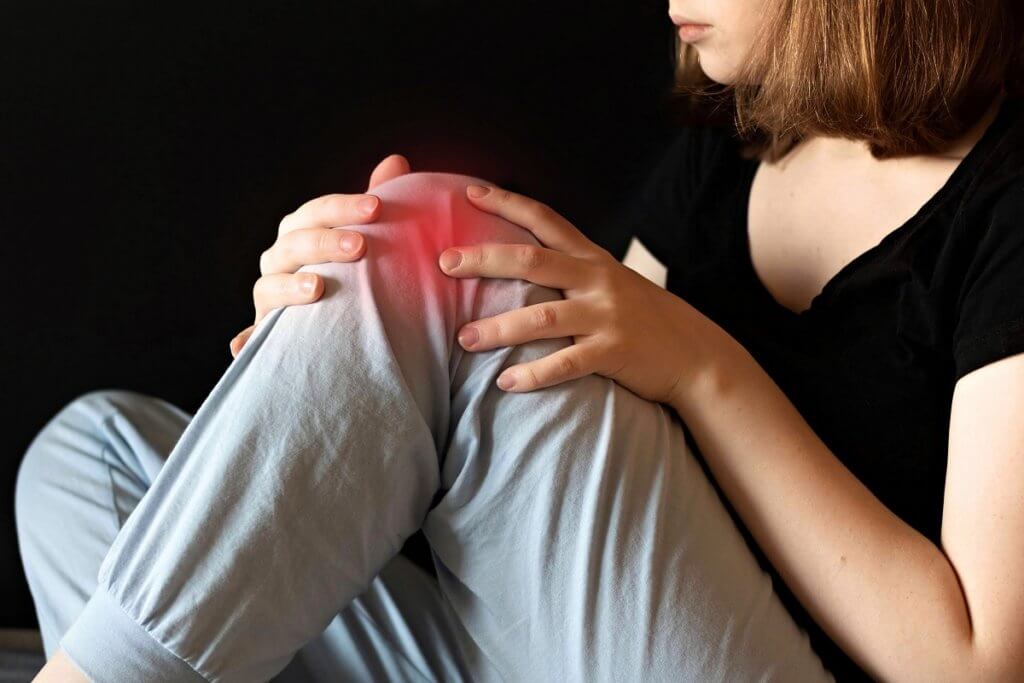An Insight into the Top 3 Common Knee Problems
Knee problems are common in people of all ages. Some knee problems can be debilitating and prevent you from moving normally, while others cause only mild discomfort and inconvenience. The most common knee problems are explained below.
1. Strained Ligaments
The knee is made up of four main ligaments. These are the medial collateral ligament (MCL), lateral collateral ligament (LCL), anterior cruciate ligament (ACL), and posterior cruciate ligament (PCL). Strains happen when force is applied to these ligaments, causing small fibers in the area to tear. Injury from a single event is usually not severe but can be recurrent, with each recurrence causing further damage. Symptoms of a strained ligament include pain and tenderness around the knee joint, swelling, or bruising in the area. In some cases, you might also feel a slight give in the knee when weight is applied to it. A doctor can diagnose this condition by asking about your symptoms and examining the knee.
2. Tendinitis
Tendinitis is an inflammation of the tendons, which are bands of tissue that attach muscles to bones. When tendinitis affects the knees, it causes pain and stiffness in the area. More than one tendon can be affected, causing discomfort on both the knee’s inner and outer aspects. Tendinitis can be painful but is not usually a long-term condition. It often goes away with simple treatments. Common symptoms of tendinitis include pain in and around the knee joint, which can become worse when you stretch your legs or climb stairs. Knee swelling is also a symptom. Your doctor or physiotherapist will diagnose this by taking your history and asking questions about how your symptoms started. They might also do some physical tests to assess your range of movement around the knee.

3. Knee Arthritis
As you age, your knee joints become worn and arthritic. The smooth cartilage covering the surface of each bone in your knee gradually wears away. This causes pain and stiffness around the joint when you move, especially during activities such as climbing stairs or walking long distances.
Symptoms of arthritis include pain in and around the knee joint, which can become worse when you stretch your legs or climb stairs. Knee swelling is also a symptom. Your doctor or physiotherapist will diagnose this by asking about your symptoms and examining your knee. They might also order X-rays to assess the condition of your joints.
Do you have more questions about knee pain in Salem, Oregon? Contact our friendly staff at WFMC Health or become a new patient today!
This post was first published on wfmchealth.org.
